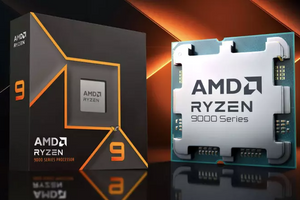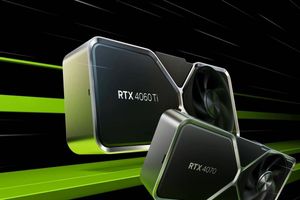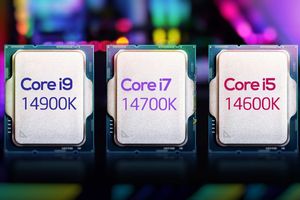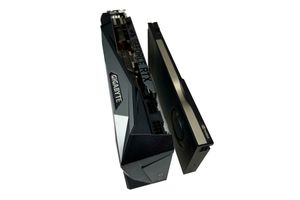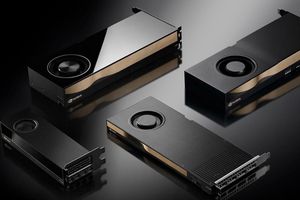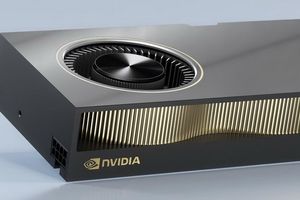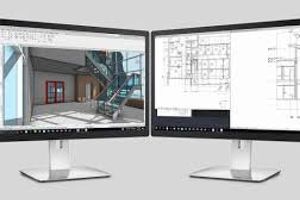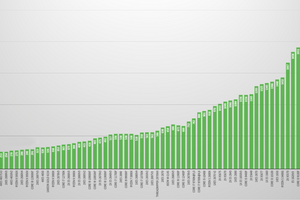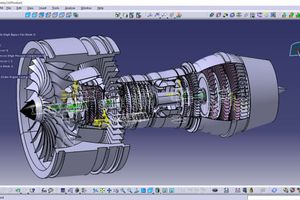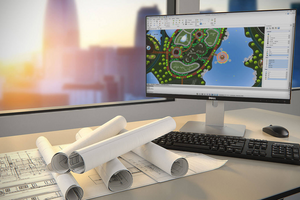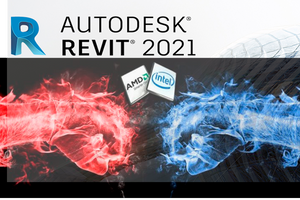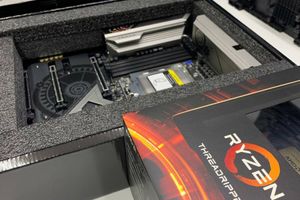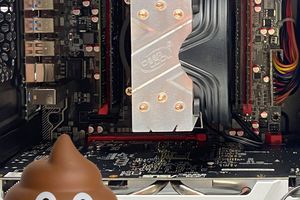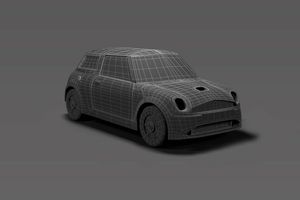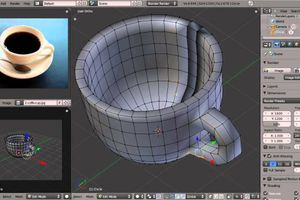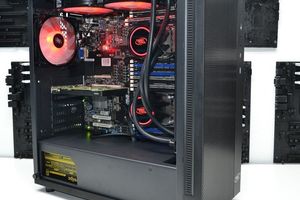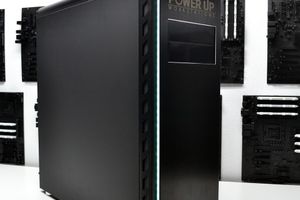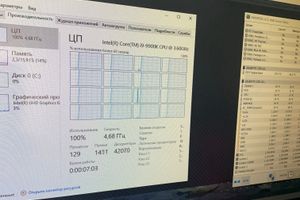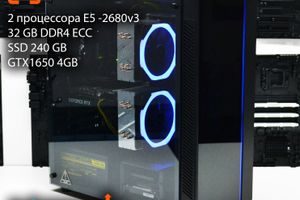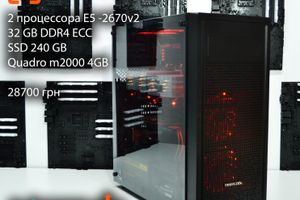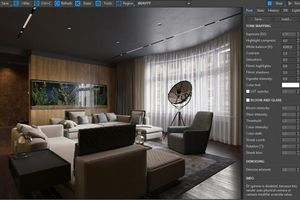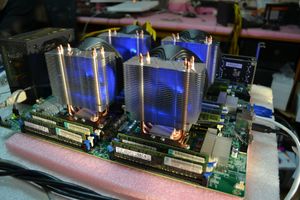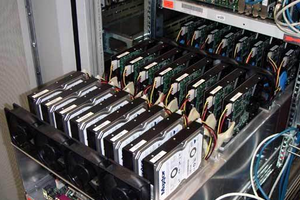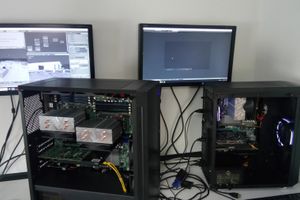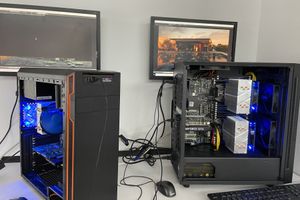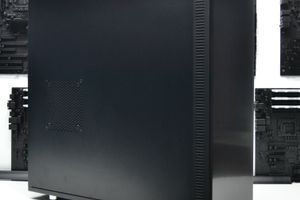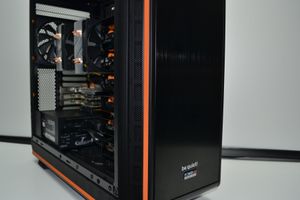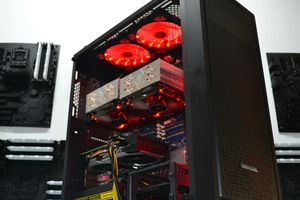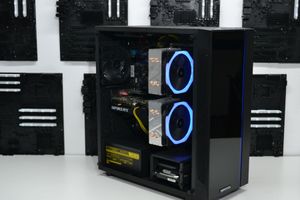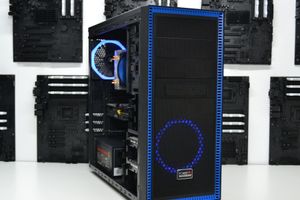Those who are at least a little interested in computer hardware have already heard about DDR5 RAM, and this latest development is being actively implemented in top computers. Let's try to figure out what DDR5 is and what are its advantages over its predecessor DDR4.
According to the developers of the new generation of RAM, it will replace the previous generations on the market in the near future. DDR5 has a number of undeniable advantages: higher bandwidth, improved energy efficiency, and increased capacity. Given the rapid development of technology in recent years, the new product is expected to be in high demand. The requirements of modern games are constantly growing, 4K standards are being actively implemented, and processors are getting an increasing number of cores and threads that are needed in the gameplay.
It is expected that DDR5 will soon become the mainstream solution for PC RAM. To do this, you need to understand the difference between the new format and the previous one.
DDR5 - what is it?
As you may have already realized, DDR5 is a new type of RAM. Everyone knows that RAM is a short-term computer memory that stores relatively small amounts of important data. The faster the processor and graphics processor have access to this data, the faster the programs on the computer will run, the higher the productivity and the more convenient the work will be for the user.
The modern DDR (Double Data Rate) memory format was developed in 1998 on the basis of SDRAM. The main advantage of DDR is the increased data transfer rate. Over the past quarter century, several different DDR technologies have been developed (for PCs, mobile devices, etc.), and the format itself has been significantly improved.
The difference between DDR5 and DDR4
Why is DDR5 better than DDR4? There are 3 main differences: energy efficiency, bandwidth, and capacity. As for such an important element as bandwidth, DDR5 is significantly superior to DDR4 - the new product has a data transfer rate of up to 6.4 Gbps, compared to 3.2 for its predecessor (at standard clock speeds). In practice, things are not so clear cut. Not every module can provide this speed. For comparison, the first generation of DDR had a data transfer rate of up to 400 Mbps, and DDR2 had a data transfer rate of no more than 1066 Mbps.
Another important innovation is the increase in matrix density. A DDR5 chip can have a density of 4 times that of DDR4. This means that the memory capacity of the new generation of RAM can reach 64 GB per module (but we have not seen this yet).
The third area is energy efficiency. The results here are not so impressive: 1.1 V versus 1.2 V for the previous generation of RAM. However, there will be some savings if the RAM is used on a server or a mobile device.
To buy DDR5 or not?
Power Up already has a fairly wide range of DDR5 workstations and computers. But is it worth switching to it now? There are many nuances, including processor compatibility. For example, DDR5 is supported by Intel's Alder Lake, but the earlier but still relevant Rocket Lake will continue to work with DDR4. The same applies to AMD processors - Zen 3s work with quad-core, but the latest Zen 4s on the AM5 socket already support quad-core. That is, the choice of stations is not really that great.)
As for the performance gain. Yes, it will be.... But it will not be so impressive. In most work tasks, you should not expect a significant increase in results. And in games, a couple of fps will not make the picture fundamentally “brighter”. Beautiful numbers can be seen only in test programs and in praise reviews from manufacturers. But DDR5 will empty your wallet significantly. Especially if you buy 32GB strips, for example.
The main niche of buyers targeted by the new RAM format is professional gamers, for whom its 3-5% advantage will be important.
The high price of DDR5 in the first year or two after the start of sales will significantly slow down its spread, and without a serious computer upgrade, it will be frankly unnecessary. So, whether to buy DDR5 or not is up to you, based on your personal preferences and needs.
